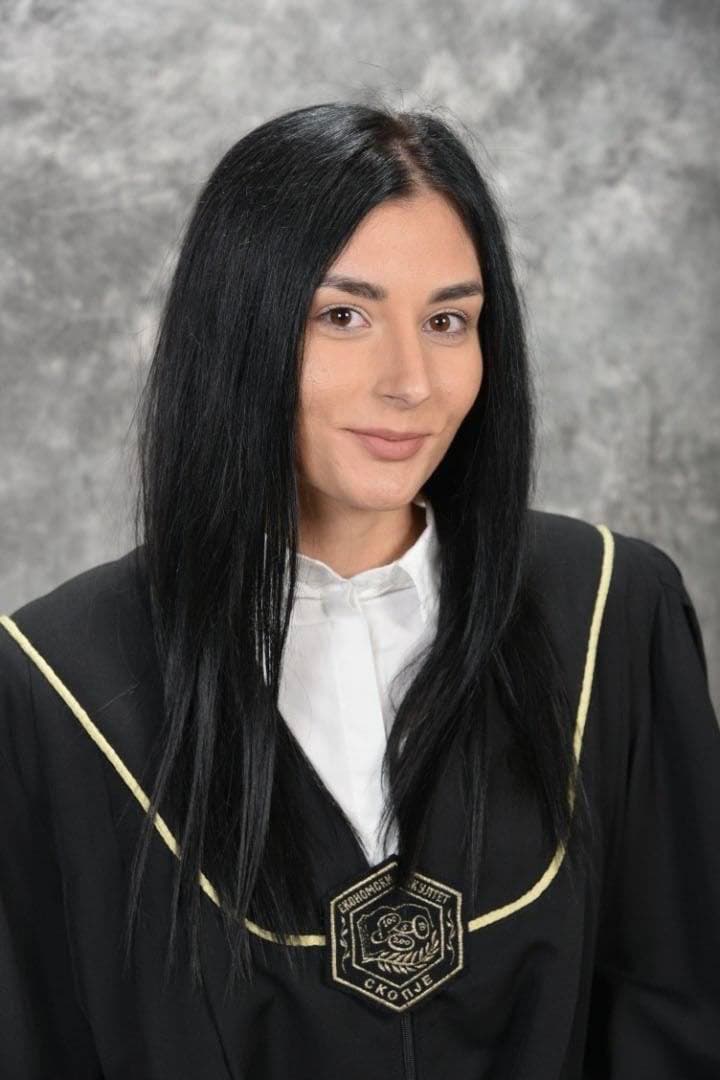Parishioners in a Polish village protested after recognising their priest's face in a church painting of Saint Michael the Archangel.
The new painting was ceremoniously unveiled in the Church of Blessed Bronislawa in Laki Kozielskie, Opole region, on 25th May, but it soon drew unexpected attention.
The image, showing the archangel holding a sword, includes distinctive facial features identified by locals as resembling their parish priest.

Picture shows the painting which caused controversy when the people recognized their parish priest in the face of the angel in one of the Opole parishes in Poland, undated. The priest explained that he had commissioned the work as a gift for the community, not knowing that the artist would use his face as a model. Note: Private photo. (CEN)
Many parishioners voiced their objections, saying it was inappropriate.
The priest confirmed that he had commissioned the painting and explained that the intention was to show that anyone can see themselves in the figure of a saint, to find a personal connection.
After the backlash, however, he decided to remove it.
The priest said: "The gift wasn’t accepted, so it will be taken down," emphasising that his sole aim was to create a unique present for the community.
As the priest further clarified, the painting was intended to be a faithful reproduction of a work by Henryk Rosen.
The artist who created it several decades ago based it on a classical depiction of Archangel Michael, using a contemporary model - a practice, the priest notes, that is well established in the tradition of sacred art.

Image of Saint Michael the Archangel. Note: Private photo. (CEN)
Dr Szymon Kubiak, an art historian from the Academy of Art in Szczecin, explained: "Since the emergence of Christian art, such artistic techniques have been used.
"Artists must rely on images stored in their memory, those they know.
"There have even been instances where the patron or commissioner would suggest using the likeness of someone contemporary.
"This is a practice that has been known in art history for hundreds of years."
(MJ Leidig/newsX)


